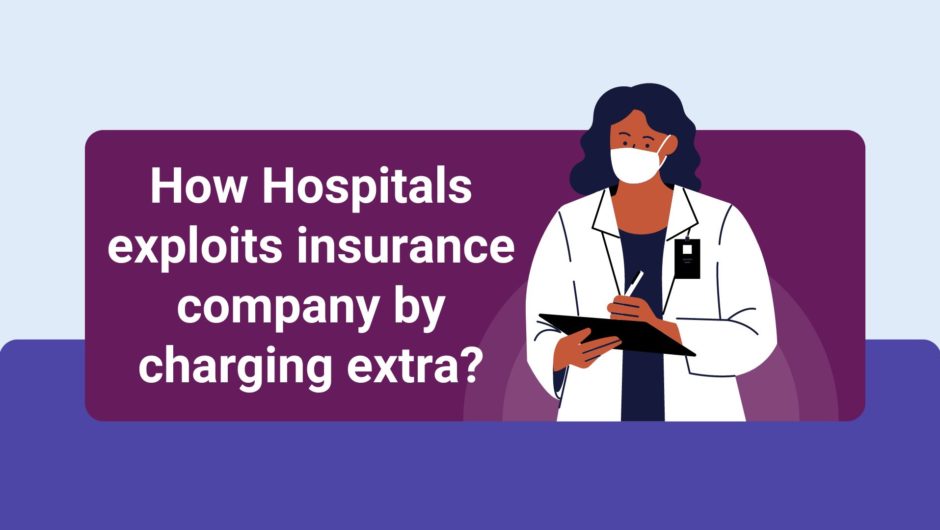Are you confused by the differences between good and bad debt? It might be hard to tell right, especially when you’re looking for more financial function. Fortunately, this article will help clear up any confusion you may have. We’ll answer the question of good debt and bad debt and provide you with helpful tips on balancing your debt. By the time you’re done reading, you’ll be able to recognize the differences between good and bad debt and make financial decisions.

Definition of Good Debt and Bad Debt
Good debt is debt that is used to purchase something that will appreciate in value or generate future income. Few examples of good debt include taking out a mortgage to purchase a home, taking out a student loan to pay the fee, and taking out a loan to start a business. Good debt is always seen as an investment in yourself, as it helps you increase your earning potential or build wealth over time. Although, On the other hand, bad debt is used to purchase something that does not appreciate in value or generate future income. Examples of bad debt include taking out a loan to purchase a car, purchase furniture, and using a credit card to purchase luxury items such as designer clothes or jewelry. Bad debt can also lead you to financial trouble, as it can be difficult to pay off and can lead to high interest charges.
Differences
Nowadays debt can be a useful instrument for growing wealth, but it can also be a financial burden if not used properly. But one of the most important thing borrowers needs to understand the differences between good debt and bad debt, and how factors such as interest rates, types of debt, and repayment terms can influence the overall outcome.
- Interest Rates Good debt typically has lower interest rates than bad debt. For example, mortgage loans typically have lower interest rates than credit card debt. Lower interest rates mean that less of your payments are going towards interest, which means more of your money goes toward paying off the principal.
- Good debt is typically for investments, such as a mortgage loan for a home or student loans for college. This type of debt is considered good because it can help you build wealth or gain an education that can lead to higher earnings. Bad debt, however, is often used to purchase items that do not build wealth, such as cars, vacations, and luxury items ,remember that this can lead to a lifetime burden.
- Repayment Terms Good debt often has more favorable repayment terms than bad debt. For example, a mortgage loan typically has a longer repayment term than a credit card debt. This means that you have more time to pay off the loan and the payments are more manageable.
Advantages of Good Debt
Good debt can be amazing to help individuals as well as businesses to grow their wealth. Low interest rates and tax benefits can help individuals and businesses take advantage of opportunities for growth.
- It reduces the cost of borrowing money: This means that individuals or businesses can borrow money at a lower cost than if it was borrowed at a higher interest rate. This can help individuals and businesses save money on interest payments and put it towards other investments or paying down debt.
- lower interest rate : It can also help individuals and businesses qualify for larger loans, which can provide more opportunities for growth.
- Tax benefits : Another great way to take advantage of good debt. Many debt instruments, such as home mortgages, come with tax deductions. This means that individuals and businesses can deduct the interest payments from their taxes, which can reduce their overall tax burden. This provides an additional benefit of taking out good debt, as it can reduce the overall tax burden.
Overall good debt can provide individuals and businesses with opportunities for growth. By taking out a loan or credit line, individuals and businesses can purchase assets that will help them grow their wealth. Gold loan can also include things like real estate investments, business investments, or other long-term investments.
Disadvantages of Bad Debt
The pile of bad debt can have serious financial outcomes that can affect a person’s long-term financial stability. Bad debt often involves the use of high-interest rates, limited ability to pay off the debt, and can have a negative impact on one’s credit score.
- High-interest rates are a common feature of bad debt. These rates can make it difficult to pay off a debt, as the amount of interest charged will often exceed the amount of the loan itself. This can create a cycle of debt that is difficult to break, making it difficult to ever achieve financial freedom.
- Limited ability to pay off the debt is another result of bad debt. It is important to understand the terms of the loan while borrowing money. If a borrower has a low income, it can be tough to make the necessary payments. This can lead to a cycle of debt that is difficult to break and can take years to pay off.
Finally, bad debt can have a negative impact on one’s credit score. If a loan is not paid off in a timely manner, the lender may report this to the credit agencies, resulting in a lower credit score.
FAQ
How can I tell if debt is bad or good?
Generally, good debt has tax advantages and helps to build wealth, while bad debt does not. Good debt can also be used to purchase assets and investments with the potential to appreciate in value.
What is an example of bad debt?
An example of bad debt is a credit card balance with high-interest rates.
What is an example of good debt?
An example of good debt is a mortgage, as the monthly payments help to build equity in the home.
How can I reduce my bad debt?
To reduce your bad debt, you should make a budget and focus on paying off the highest interest rate debt first. You should also consider consolidating your debt and transferring your balances to a credit card with a lower interest rate.
Is it possible to convert bad debt into good debt?
Yes, it is possible to convert bad debt into good debt by taking out a loan for an investment or asset that has the potential to appreciate in value.
Will paying off bad debt help my credit score?
Yes, paying off bad debt can help improve your credit score as long as you make timely payments on any new debt you take on.
What is the difference between secured and unsecured debt?
Secured debt is debt that is secured by an asset, such as a car loan or mortgage. Unsecured debt is debt that is not secured by an asset, such as a credit card or personal loan.
Are student loans considered good debt?
Yes, student loans are generally considered good debt as they are usually low-interest, and the payments help to build a better credit score.
What are the benefits of good debt?
The benefits of good debt include building wealth, increasing cash flow, and improving credit. Good debt can also be used to purchase investments that have the potential to appreciate in value.
Conclusion
As we have seen throughout the article this quote fits the best “Debts are like children – begot with pleasure but brought forth with pain.” by MOLIERE. and there are stark differences between good and bad debt. Good debt is debt used to purchase assets that will appreciate in value and generate income or save money in the long run. On the other hand, bad debt is debt used to purchase depreciating assets or items that provide no real value in the long run. Good debt can bring about many benefits, including tax savings, increased financial flexibility, and potential investment gains. It is important to be mindful of the type of debt that you take on, and to make sure that it is good debt.












